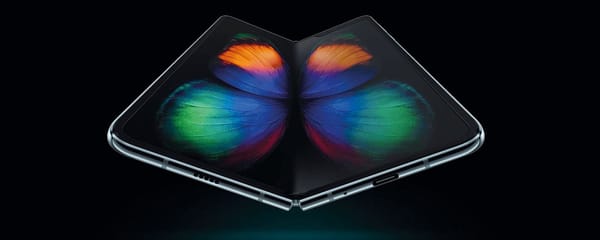The Gamification of Apps
The concept of ‘gamification’ is not new, but more than ever before it is being deliberately integrated into app design
Gamification may be the best way to maximise revenue and grow the userbase of your app. It’s a well-known technique these days, the darling of UX developers everywhere, and a fundamental part of design. Once a niche, it has become the standard – integrated from the very conception of an app idea.
The idea is to tap into human psychology and, being frank, to abuse the flaws in its structure. Experiments such as the infamous “Skinner’s Box” or “Pavlov’s Dogs”, which explored the use of rewards in order to condition animals to enact certain behaviours, were the starting point – but the concept of reinforcement and conditioning rapidly expanded from academic study to real-world application.
Dopamine is a hell of a drug. Gamification relies on integrating repetitive behaviours into an app that trigger reward patterns in the brain, releasing dopamine and tapping into the human desire for reward, self-expression, achievement, competition, and status. This is achieved by including gaming-type aspects into design – such as point systems, achievements represented by visual symbols, leaderboards, narratives, and avatars representing the user. Listing the techniques brings to mind countless examples of their usage – from traditional gaming, such as ranked systems in video games or the reward stimulus of slot machines, to apps such as Tinder or social media sites like Facebook.
Tinder is perhaps the best case study. The mechanics of using the app inherently prioritise proactive but repetitive motions – swiping left and right. The same functionality could be achieved with a simple button-press, but the action of swiping is more actively engaging as a mechanic of operation. There’s the additional benefit of the rapidity of the action – instantly offering gratification and lulling users into the idle repetition of swiping over and over, seeking the next kick of dopamine.
Then there is the reward loop – the satisfaction of receiving a match, accompanied by a flash of bright graphics and sound. The use of visual stimulus to push a sense of achievement onto players is longstanding, with slot machines’ tinny music and flashing lights being the easiest example to-hand. MMORPGs like World of Warcraft also tapped into this early – levelling up was accompanied by a flash of golden light. This doesn’t even touch on extra features such as “super likes” or “boosts” – mechanics that have deliberately limited availability, instilling in them rarity and a sense of status to receiving them.
The stroke of genius in Tinder’s design, however, is that it allows users to define their own ‘win condition’. While a traditional game has clear goals – such as levelling up – Tinder broadens its appeal by allowing for more dynamic interactions. Users are able to seek different conditions to tap their emotional reward centre, depending on their preferences. Some seek reward in the number of matches they receive, never actually holding a conversation or going on a date; others by how many dates or hook-ups they can secure; others by engaging in meaningful conversations; and still more by finding love.
These design aspects – among many others – have catapulted Tinder ahead of other dating apps. Including them in your app design may well do the same for you.








